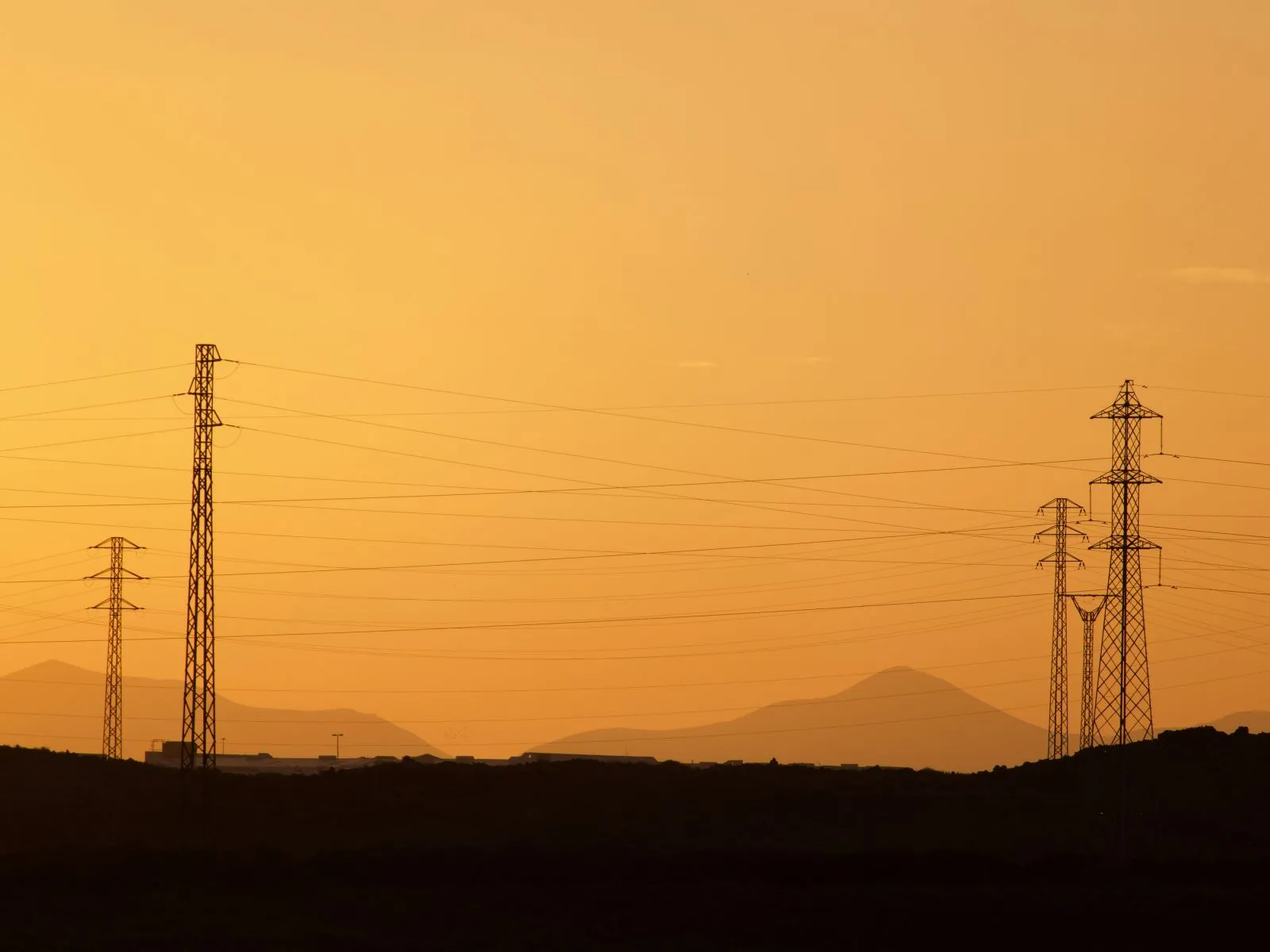Understanding Calima: Weather Phenomenon Explained

What is Calima?
Calima refers to a weather phenomenon characterized by the presence of dust and sand in the atmosphere, primarily affecting the Canary Islands and surrounding regions. This phenomenon occurs when strong winds blow from the Sahara Desert, carrying fine particles across the Mediterranean Sea. Calima is known for reducing visibility, affecting air quality, and causing respiratory issues, particularly among vulnerable populations.
Recent Events and Impact
In October 2023, the Canary Islands faced significant calima events that led to disruptions in daily activities. According to the Spanish Meteorological Agency (AEMET), a wave of calima affected visibility levels, dropping to as low as 500 meters in certain areas. The islands experienced a spike in temperatures, soaring to above 30°C even in late autumn, a stark contrast to the typical weather patterns for the season.
The calima not only hindered transportation and outdoor activities but also raised health concerns. Residents reported increased cases of allergies and asthma during the days of heavy dust. Local authorities recommended using masks outdoors and closed schools for a brief period to protect children and staff from exposure.
Conclusion and Significance
The phenomenon of calima is expected to become more frequent due to climate change, as rising temperatures can lead to more intense and prolonged dust storms. It is essential for residents and visitors in affected regions to stay informed about weather forecasts and heed warnings from health authorities. The recent events in the Canary Islands serve as a reminder of the broader implications of weather phenomena like calima—impacting health, industry, and daily life. As awareness grows, so too does the need for effective response strategies to mitigate the impacts of calima on communities.
